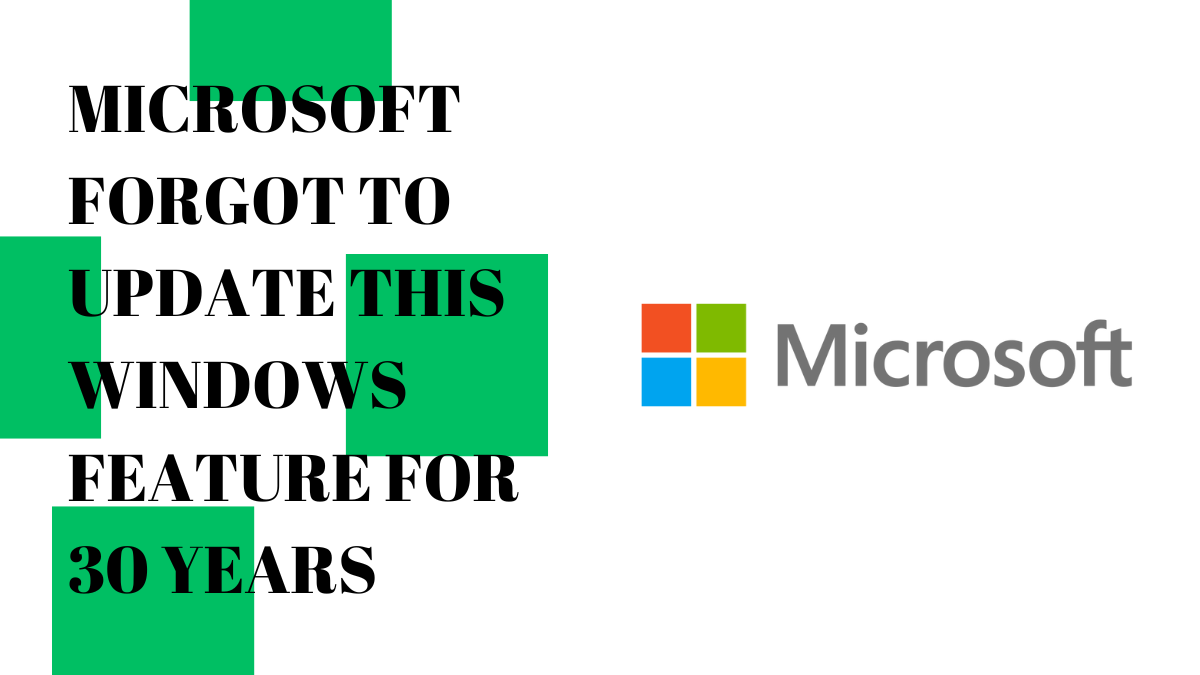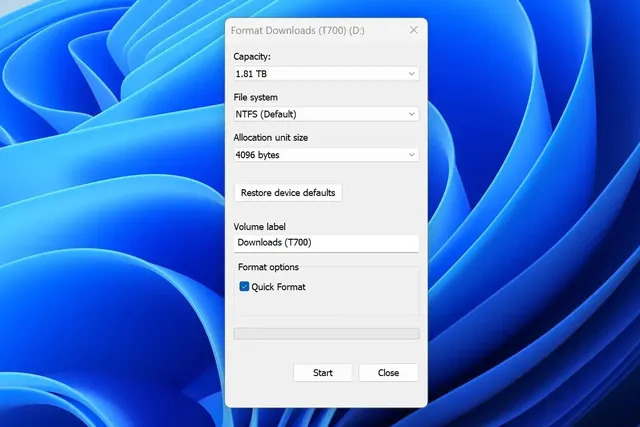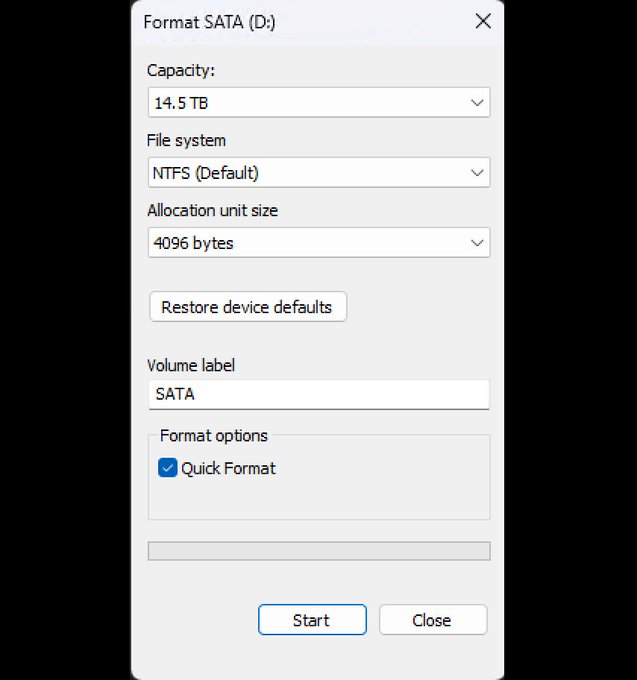Microsoft forgot to update this Windows feature for 30 years


On a Thursday morning nearly 30 years ago, a software engineer at Microsoft's headquarters in Redmond was checking in the code for his dialog box at work. The box was supposed to be temporary, so he didn't worry about it being very simple. However, no one tried to change it. And it's still the same with Windows 11 to this day.
Former Microsoft developer Dave Plummer told an interesting story in his X post over the weekend about how his dialog for formatting a drive was created many years ago.
``Although we ported billions of lines of code from the Windows 95 user interface to NT, formatting is just one area where Windows NT differs significantly from Windows 95, making it easier to develop custom user interfaces. There was a need,” Plummer said. .
Plummer then wrote down all the options and decisions that could be made regarding the format of the hard drive: file system, label, cluster size, compression, encryption, etc. Basic user interface. He added it to the Windows NT codebase as a temporary fix "until an elegant user interface comes along." This UI improvement of his never materialized, and nearly 30 years later, Plummer's temporary solution is still in use in Windows 11.

If you're wondering why Windows' FAT volume format size is limited to 32 GB, it may be partially due to Plummer. "He also had to decide how much 'cluster slack' was too much, and in the end he decided that the format size of his FAT volumes would be limited to 32GB," Plummer admitted. Masu. "This limit was also an arbitrary decision made that morning, and it remains with us as a permanent side effect." FAT actually supports volumes up to 2TB, but when you create this volume requires the use of third-party Windows tools. Microsoft's operating system reads these large FAT drives correctly.
Even though the Windows user interface has been revised several times, Microsoft hasn't changed it since it introduced the Format dialog box in Windows NT many years ago. There are many other older Windows UIs that can be displayed in modern versions of Windows, but I think this particular format is a simple case of "if it ain't broke, don't fix it." ”